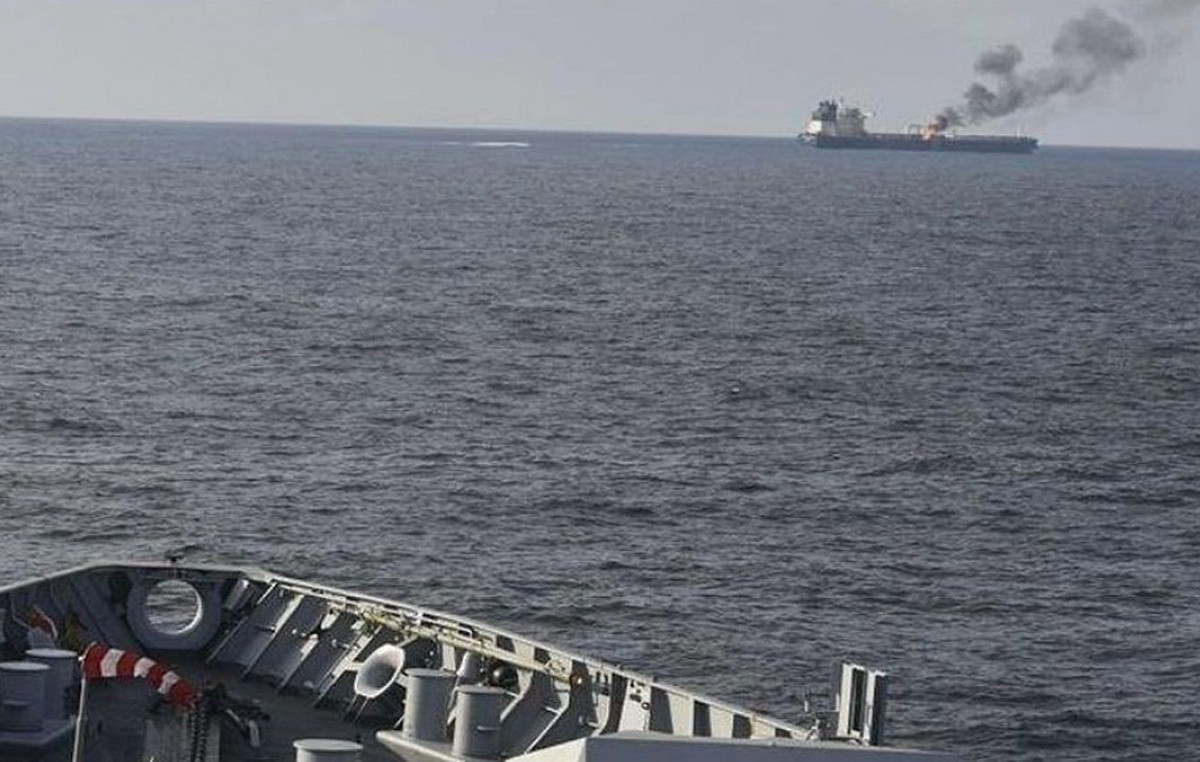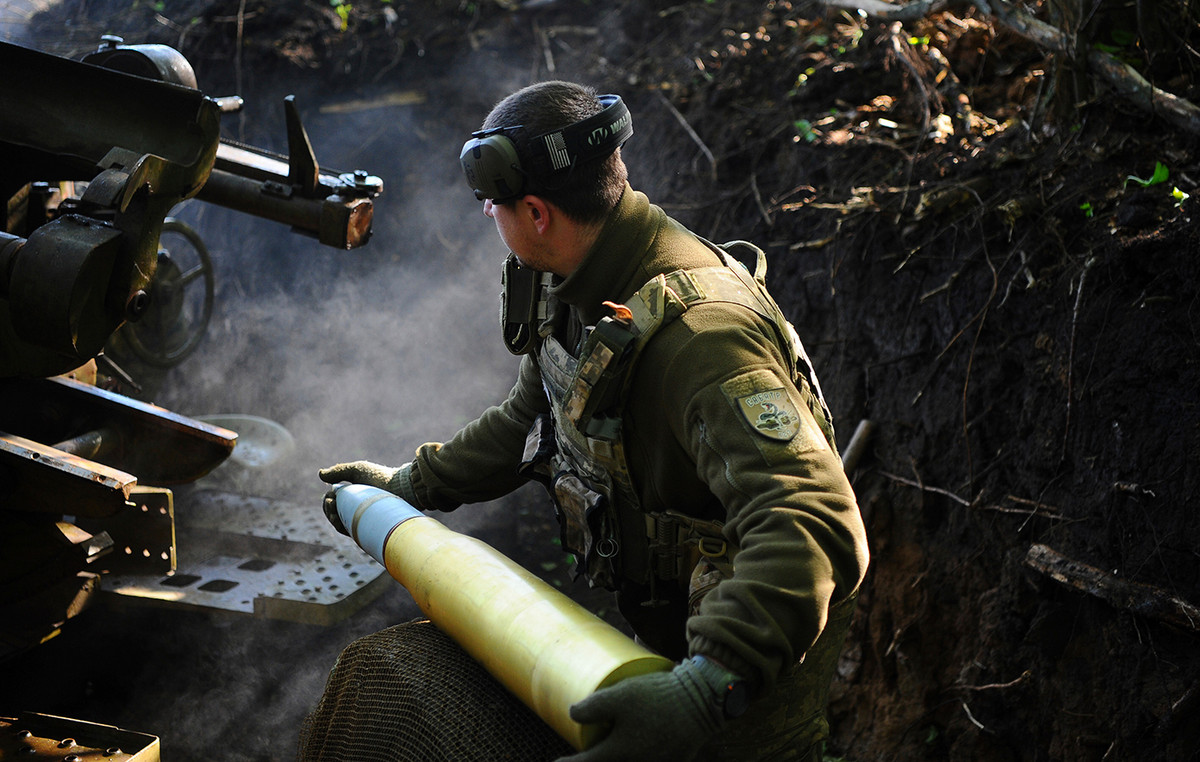Until recently, the luxury homes of the Redhill peninsula seemed like an oasis for wealthy Hong Kongers who aspired to a relaxed lifestyle in a notoriously cramped metropolis of 7.5 million people.
Its cliffside location and views of the South China Sea offer the perfect antidote to the hustle and bustle of urban life in its gated community of tycoons, foreigners and celebrities.
But that same place suffered its own attributes on September 8, when a storm brought the heaviest rain in nearly 140 years to Hong Kong, wreaking havoc across the city.
Two people died and more than a hundred were injured when rains fell on the coastal city, flooding metro stations and turning roads into rivers.
The chaos was not limited to the flooded plains. At the edge of the cliff that separates the Redhill Peninsula from the sea, it destroyed the ground, leaving three million-dollar homes perilously close to the edge and prompting an evacuation.
In a city that had just experienced the hottest summer ever recorded in its history, the unprecedented rains were a powerful demonstration of the threat posed by climate change and its consequences associated with extreme events.
But for residents of the Redhill peninsula it was also a reminder that climate change is rewriting the rules of what counts as “safe” construction, and shows that even the most expensive and best-built homes can be vulnerable to it.
For some, it may even be a reminder that these rules may not even exist.
City officials say they are investigating whether building code violations at some of the homes contributed to the problem, in a development that is likely to fuel the perception that the rich do not play by the same rules as the poor.
Regardless of what the investigation finds, experts say extreme weather events like the one in Hong Kong will become more frequent.
When this happens, both rich and poor will suffer the consequences, even though the former are much more capable of recovering from disasters than the others.
As Benny Chan, president of the Hong Kong Institute of Architects, points out, Hong Kong has long been prone to typhoons and torrential rain and has “a lot of experience in building these types of cliffside homes.”
The city also has rigorous safety standards designed over many years with landslides in mind, he says.
So it would have been reasonable – at least until a few weeks ago – to expect that a place like the Redhill peninsula would be a safe place to be during a storm.
$20 million homes
This is likely to be an uncomfortable realization for anyone who has invested in the Redhill Peninsula – one of the most expensive neighborhoods in one of the most expensive property markets in the world.
They can cost between US$10 million and US$20 million, and the rent can reach US$20,000 per month.
But local real estate agents say the effect the storm is likely to have on prices is a “sensitive” issue for some members of the community.
When the CNN visited Redhill last week, sports cars and SUVs from Porsche, Land Rover and Ferrari were among the vehicles passing through the entrance, where a security guard prevented the group of journalists from entering.

The neighborhood’s real draw, according to a real estate agent with more than two decades of experience selling properties there, is its tight-knit community.
“There is an international school and the children can see each other at home after school,” said the agent, speaking on condition of anonymity due to the sensitivity of the matter. She was referring to the Hong Kong International School, one of the most prestigious in the city.
“Almost every house has a sea view,” she said.
The three houses most affected by the landslides were more than 250 square meters in size, each valued at up to US$11.5 million, he said.
Outdated rules
Recent weather patterns have upset many people there, after two back-to-back typhoons swept through the region in the space of less than two weeks.
Typhoon Saola, which passed through Hong Kong on September 1, was the strongest to hit the city in five years.
A week later, the remnants of Typhoon Haikui triggered the rains that caused the problems in Redhill, as well as causing dozens of landslides and leaving large areas of the city flooded.
Scientists say that climate change will make these meteorological phenomena even more frequent, and some of them warn that Hong Kong will need to rethink its rain mitigation strategy.
Leung Wing-mo, former assistant director of the city’s meteorological observatory, told public broadcaster RTHK that storms are becoming more difficult to predict due to climate change.
With that in mind, architects and engineers are also calling on the city to review decades-old standards for hillside buildings, including many luxury mansions.
The city suffered some of its worst landslides in the 1970s, including one that collapsed a series of residential buildings in the upscale Mid-Levels neighborhood, causing 67 deaths.
The same heavy rain that caused the Mid-Levels landslide in 1972 also caused the collapse of a hill in a district of Hong Kong’s Kowloon Peninsula, decimating an illegal settlement in Sau Mai Ping and causing another 71 deaths.
Structural engineering professor Ray Su of the University of Hong Kong said the series of catastrophic incidents led the government of the day to reinforce hillsides across the city, turning Hong Kong into one of the most landslide- and flood-resistant places in the world.
But some engineers worry that safety rules that seemed adequate in the past may no longer be sufficient.
Ray Su explains that some of the city’s low-rise houses were still built on shallow foundations. In extreme rain scenarios, “they could take a big hit from a landslide,” he said.
Time bomb
Complicating matters for the Redhill peninsula is authorities’ suspicion that some of the properties in danger may not have even complied with the old rules.
Following the storm, enforcement agencies detected what they suspect were illegal alterations made to the three Redhill properties – alterations that experts say may have contributed to the disaster.
This suspicion is a kind of third layer of problem in a city that has a history of scandals involving rich people and politicians altering their properties and violating building codes, carrying out illegal expansions that, in the view of the most skeptical, would not go unpunished for those less fortunate. wealthy.
Hong Kong’s Buildings Department says unauthorized modifications include basements, a swimming pool and a three-story extension.
The issue is so controversial that even city leader John Lee has intervened, promising that the government will investigate and prosecute anyone found to have violated building codes.
“The landslides in Redhill have already shown us that part of the complex presents risks, so the responsible bodies will inspect the area,” he said last week.
Preliminary investigations showed that a retaining wall had been demolished at one of the homes.
Chan, from the Hong Kong Institute of Architects, said the modification could destabilize the cliff structure they stand on and heavily affect soil drainage, leading to more landslides.
He says that while the painful lessons of the past have given rise to high standards in the construction of retaining walls and drainage systems, the old set of rules is slowly losing relevance.
“These standards were established a long time ago,” he said. “Can they withstand so much rain? It’s time for the government to look at this again,” he added.
Chan Kim-ching, founder of Liber Research Community, a non-governmental organization that oversees authorities on land use issues, said the safety problems that have been uncovered with illegal modifications go much further than the Redhill cases. .
The group recently compared available contracts in public records and identified at least 173 homes across the city suspected of trespassing on public lands.
“We followed this topic because it involves the fair use of public resources. It never occurred to us that it could also be a public safety issue,” he said. “It’s like a ticking time bomb,” Chan added.
Source: CNN Brasil
Bruce Belcher is a seasoned author with over 5 years of experience in world news. He writes for online news websites and provides in-depth analysis on the world stock market. Bruce is known for his insightful perspectives and commitment to keeping the public informed.







